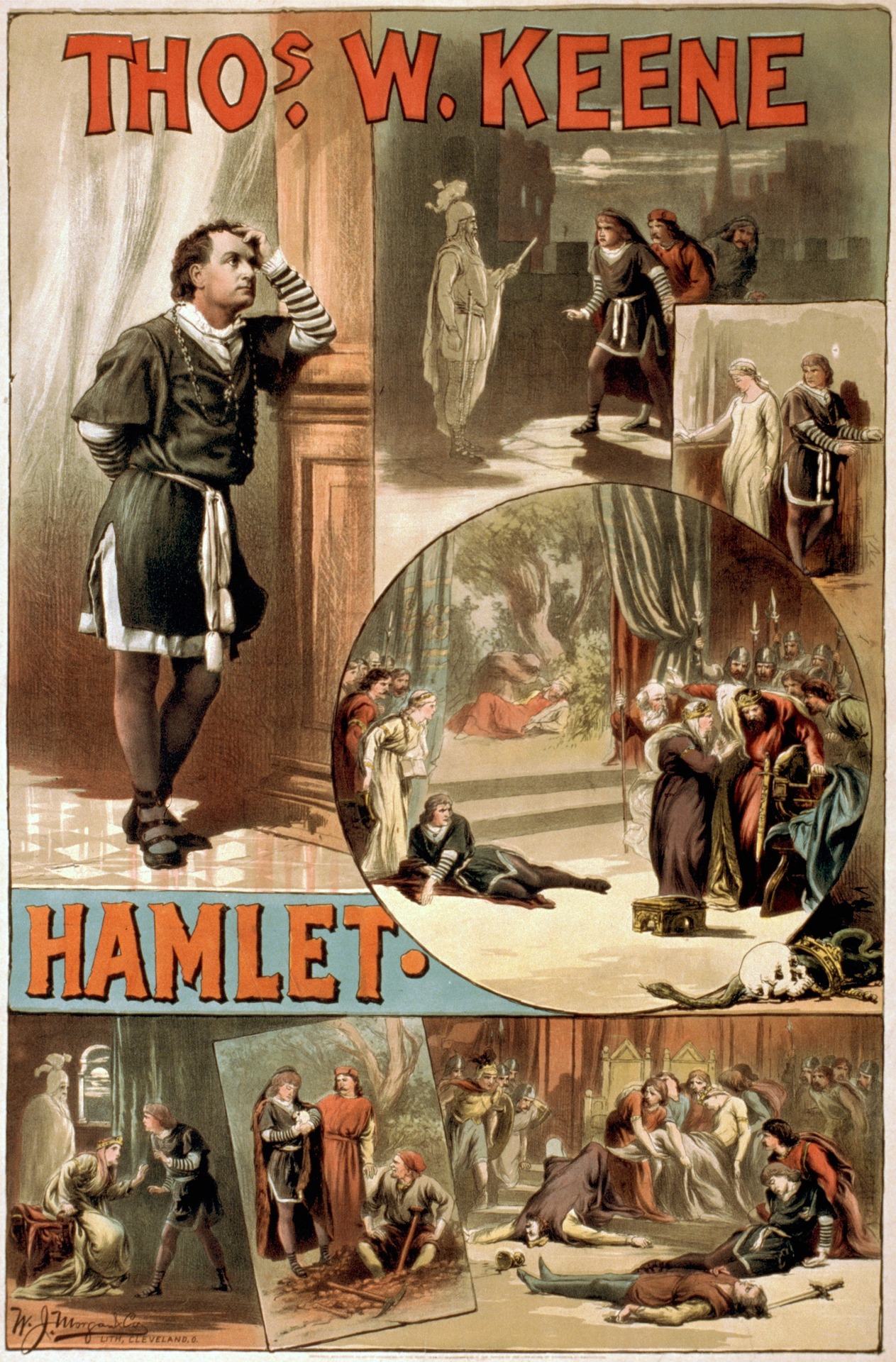The Conflicts of Hamlet

William Shakespeare‘s play, “Hamlet,” is one of the most significant works of English literature. It is a tragedy that revolves around the character of Hamlet, the prince of Denmark. Throughout the play, Hamlet is depicted as a conflicted individual who struggles with a range of issues, including the murder of his father, the remarriage of his mother, and his own sense of self-worth. In this essay, we will explore the conflicts of Hamlet and how they shape his character.
The first and most significant conflict in the play is the murder of Hamlet’s father, King Hamlet. The play opens with the ghost of King Hamlet appearing to his son and revealing that he was murdered by his own brother, Hamlet’s uncle, Claudius. Hamlet is deeply disturbed by this revelation and struggles to come to terms with the fact that his father was murdered. He feels a strong sense of duty to avenge his father’s death, but at the same time, he is conflicted about the morality of taking revenge. He is torn between his desire for justice and his doubts about whether revenge is the right course of action.
The second conflict in the play is Hamlet’s relationship with his mother, Queen Gertrude. After the death of King Hamlet, Gertrude quickly remarries Claudius, which Hamlet finds deeply disturbing. He sees this as a betrayal of his father and struggles to understand why his mother would marry his uncle. Hamlet’s relationship with his mother is further complicated by his own feelings of love and desire for her. This is evident in his soliloquy in Act III, Scene 1, where he declares, “To be or not to be: that is the question: / Whether ’tis nobler in the mind to suffer / The slings and arrows of outrageous fortune / Or to take arms against a sea of troubles / And by opposing end them. To die, to sleep— / No more—and by a sleep to say we end / The heartache and the thousand natural shocks / That flesh is heir to: ’tis a consummation / Devoutly to be wish’d.” Here, Hamlet is contemplating suicide as a way to escape his troubles, including his conflicted feelings about his mother.
The third conflict in the play is Hamlet’s own sense of self-worth. Throughout the play, he is depicted as a highly intelligent and introspective individual, but he is also deeply flawed. He is prone to melancholy and is easily overwhelmed by his emotions. He is also deeply conflicted about his own identity and his place in the world. This is evident in his soliloquy in Act II, Scene 2, where he says, “What a piece of work is a man! how noble in reason! how infinite in faculty! in form and moving how express and admirable! in action how like an angel! in apprehension how like a god! the beauty of the world! the paragon of animals!” Here, Hamlet is expressing his admiration for humanity, but he is also questioning his own place in the world.
In conclusion, “Hamlet” is a play that is rife with conflict. The character of Hamlet is torn between his desire for justice and his doubts about the morality of revenge. He is deeply conflicted about his relationship with his mother and is plagued by his own sense of self-worth. These conflicts shape his character and drive the action of the play. Ultimately, “Hamlet” is a tragedy about the human condition and the struggle to come to terms with the complexity of our emotions and our relationships with others.
*****
Read More: Hamlet by William Shakespeare


